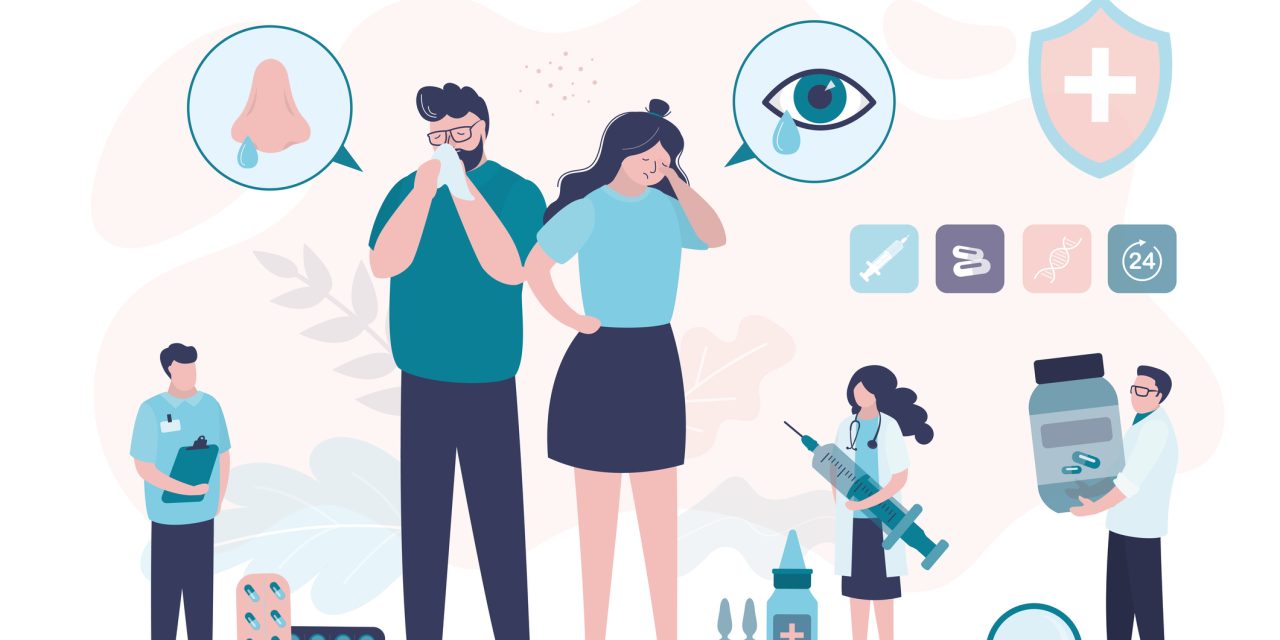To assess the efficacy of an intervention in which patient navigators (PNs) educate families on human papillomavirus (HPV) vaccination and give tailored reminders for follow-up in a clinic environment. Demographic data, visit type, preferred contact mode, completion rates and correlations, and missed appointments were all examined. Furthermore, qualitative interviews with 21 providers and PNs were conducted to examine their impressions of the programme. Out of 2,162 patients approached, 1,391 were identified as unvaccinated or partly vaccinated previous starting; among the unvaccinated, 930 got the first dose after being advised by the PN, either immediately or during a follow-up visit shortly after. Between 2/1/2015 and 8/31/2016, 93 percent of those contacted completed the series by 8/31/2017. There were no gender or race/ethnicity disparities in series completion among initiators, although older patients were less likely to finish than 11–12 year olds. 85 percent of the 688 patients identified as prior starters completed the series through the programme. According on qualitative interviews, clinicians believed the initiative addressed key obstacles to HPV vaccination.
At Texas paediatric clinics, using PNs significantly boosted HPV vaccine series completion among boys and girls with historically poor HPV immunisation rates. Clinic clinicians believed that this programme addressed many of the hurdles they had noticed previous to the program’s introduction. This strategy has the potential to significantly increase HPV vaccination series completion rates in the United States.
Reference:https://www.tandfonline.com/doi/full/10.1080/21645515.2018.1533778


